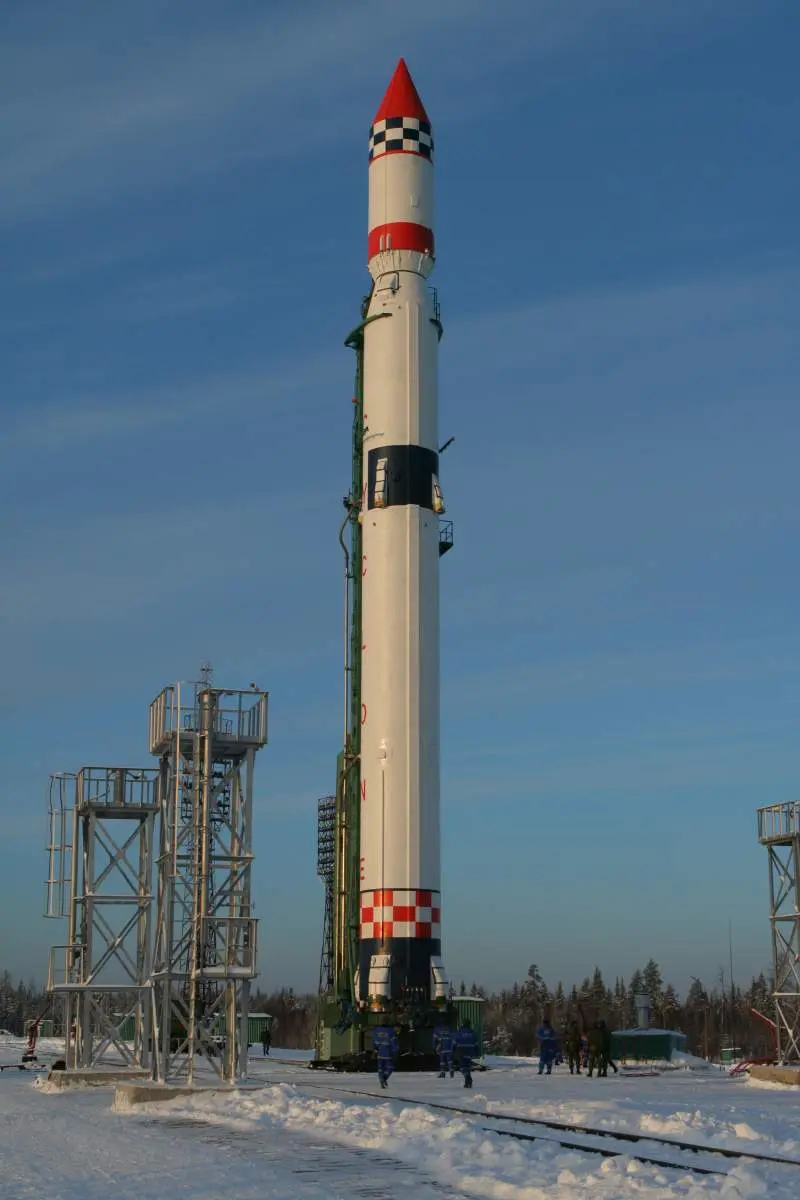Meteor-3 n°06 & Tubsat-B
Launch Success
Liftoff Time (GMT)
00:25:00
Tuesday January 25, 1994
Mission Details
Meteor-3 n°06
Meteor is the Soviet/Russian generic name for its Low-Earth-Orbiting (LEO) meteorological satellite family which started operation in 1969, designed and developed by VNIIEM, Moscow. Prior to this series there was an experimental Cosmos series with the first orbiting meteorological satellite, Cosmos 44, which was launched on August 25, 1964, and was followed by nine analogous Cosmos satellites until 1969, when the succeeding series was officially named Meteor-1. The designations of the series Meteor-1, -2, and -3 define different payload configurations, improved spacecraft platforms, and different orbits. The Meteor-3 series is presently the most advanced payload generation and the operational series. A total of 25 Meteor-1 satellites were launched from 1969 to 1977. The Meteor-2 series came into use in 1975. The Meteor-2 series spacecraft had a launch mass of 1300 kg. The system comprises two to three satellites continuously operating in near polar orbit with an average altitude of 900 km. The on-board instrument package includes three television-type (frame technique) VIS and IR scanners, a five-channel scanning radiometer and a radiometer (RMK) for measuring radiation flux densities in the near-Earth space (see sensor definition of Meteor-3 series).
Low Earth Orbit
1 Payload
2,200 kilograms
Tubsat-B
Tubsat-B (Technische Universität Berlin Satellit B) was an experimental earth observation satellite developed and built by the Institut für Luft- und Raumfahrttechnik at the TU-Berlin. The mission of TUBSAT-B is to test high resolution attitude control subsystems. For this reason TUBSAT-B is equiped with three first generation reaction wheels developed by TUB. Furthermore it has a star sensor on board, which is the successor of the one used in Tubsat-A. It was built on a box-shaped structure of 38 × 38 × 50 cm and a mass of 40 kg. The payload is a 1 m focal length telescope. As imaging device the star sensor is used in camera mode. Contact was lost after only 39 days of operations. Nevertheless almost all experiments were done successfully.
Low Earth Orbit
1 Payload
40 kilograms
Launch Site
Stats
Tsyklon-3
107th
Mission
1st
Mission of 1994
1994
4th
Orbital launch attempt

